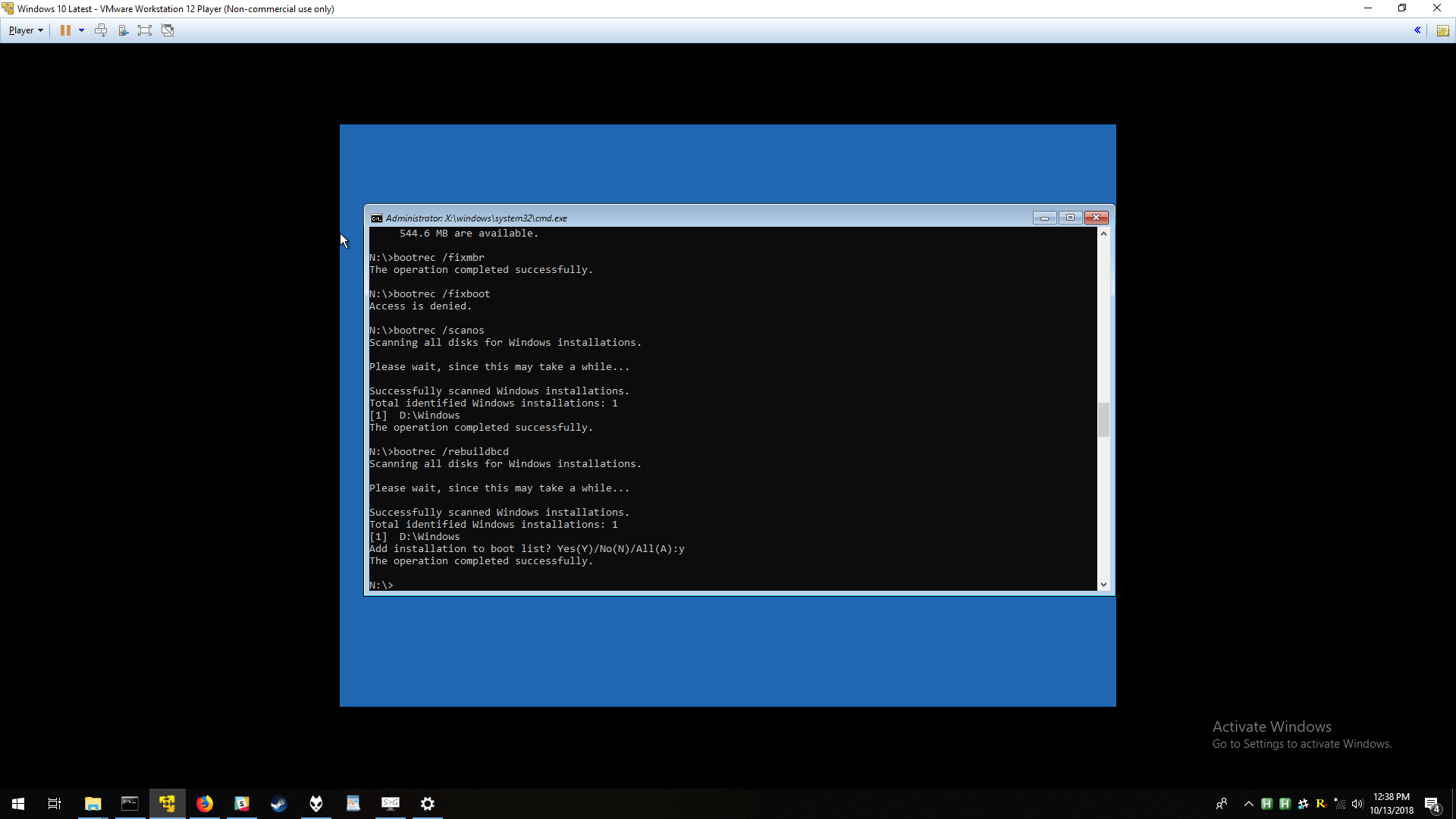

- #HELPFUL COMMAND PROMPT COMMANDS HOW TO#
- #HELPFUL COMMAND PROMPT COMMANDS INSTALL#
- #HELPFUL COMMAND PROMPT COMMANDS WINDOWS 10#
- #HELPFUL COMMAND PROMPT COMMANDS FREE#

With the help of the CLI, you can communicate with your system by typing the text in commands. Also, you can use PowerShell, which can automate many system administration tasks and these tasks are not approachable in command prompt. The command-line interpreter (CLI) for windows is CMD.EXE. CMD LineĬMD Line is a text-based interface that transfers the command from the user to the OS. To know more about this command, read further. When executed, Disk Cleanup will open with all junk files categories selected from the D: drive.The REGSVR32 windows command-line tool is to Register and Unregister OLE control. The command will look something like this: cleanmgr /lowdisk /d
#HELPFUL COMMAND PROMPT COMMANDS FREE#
When using this form of the command, enter the drive letter for the partition to free up space. When executed, it automatically checks all the files categories by default. The lowdisk switch, as the name suggests, is useful if you are running low on storage space on your hard disk. Upon execution, it will scan your drives and delete junk files from your system. If you would rather let the Disk Cleanup utility decide what files to delete, use the cleanmgr /sagerun variant. From here, you can select the files to delete.

Skipping Drive Selection cleanmgr /sagesetĮxecuting this command skips the drive selection step and shows the Disk Cleanup settings window. Next, in the Disk Cleanup window, select all the files you want to delete and click OK.įinally, click on Delete Files to confirm the action. In the Drive Selection window, select the drive you want to clean up and click OK. Open Command Prompt, type cleanmgr, and hit Enter. You can use the cleanmgr command to launch the Disk Cleanup tool using Command Prompt.
#HELPFUL COMMAND PROMPT COMMANDS HOW TO#
Here is how to use the tool and command-line switches supported. You can use the Command Prompt to launch Disk Cleanup and perform some automated cleanup tasks directly. It can clean up downloads, temporary internet files, recycle bin, and even system files. You can speed up this process with the help of commands to access the Disk Defragmenter, diskpart, and the Disk Cleanup tool.ĭisk Cleanup is a built-in Windows utility to help you free up space on your computer’s hard drive. If any unwanted files remain, you can remove them manually by, for example, clearing your temp folder.
#HELPFUL COMMAND PROMPT COMMANDS WINDOWS 10#
The Disk Cleanup tool and the Storage Sense feature in Windows 10 make it fairly easy to clean up your computer. If you are new to Microsoft’s popular command processor, check out our beginner’s guide to the Windows Command Prompt.

While the graphical user interface is handy for most people, some may prefer the Command Prompt to perform several tasks for its efficiency and performance benefits. Why Clean Up Your Computer Using Command Prompt?Ĭommand Prompt is a built-in command processor available on almost all Windows versions since Windows 3.1. Here are a few ways to clean up a slow Windows computer using Command Prompt. However, one lesser-known way to clean your computer is via the Command Prompt. Windows comes with several built-in system-cleanup utilities, such as the Disk Cleanup tool. Keeping your computer free from clutter can help improve performance and free up tons of storage space.


 0 kommentar(er)
0 kommentar(er)
